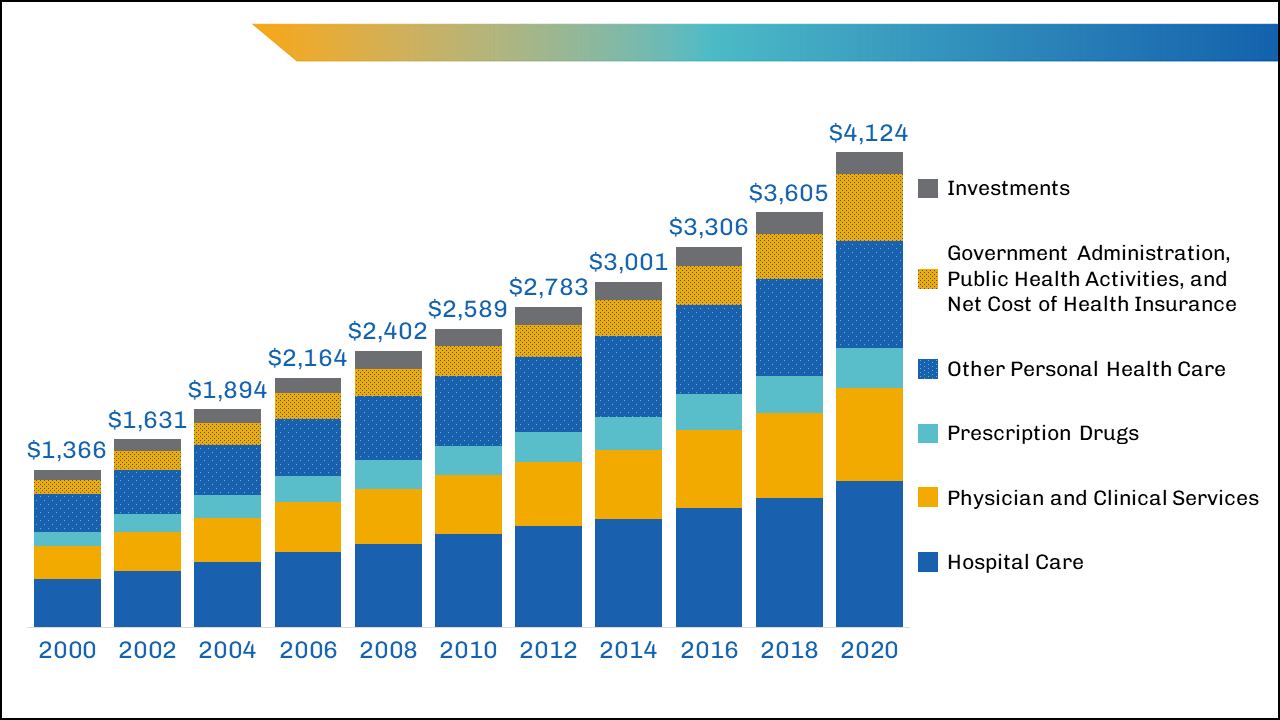Healthcare RCM Devices to Optimize Income and Decrease Denials
Healthcare RCM Devices to Optimize Income and Decrease Denials
Blog Article
A Comprehensive Guide on Just How Health Care RCM Functions to Enhance Invoicing and Collections
Navigating the intricacies of healthcare revenue cycle administration (RCM) is important for service providers aiming to boost their invoicing and collections procedures. The guide unpacks the ins and outs of RCM, from client enrollment to accounts receivable monitoring, providing insights right into optimizing each step.
Recognizing Income Cycle Administration
RCM is an essential administrative function that includes the entire economic procedure of client treatment, from the preliminary consultation establishing to the last settlement of the balance. It is a complex procedure created to recognize, gather, and take care of the earnings from the services provided to patients.
The RCM process starts when an individual timetables an appointment and extends through the person's treatment trip, including payment and collections. A vital objective is to decrease the time in between supplying a service and getting settlement, hence boosting the company's economic health. RCM entails different features such as client enrollment, insurance coverage verification, cost capture, coding, asserts submission, repayment publishing, and dealing with rejections and appeals.
Key Elements of RCM
In the realm of Earnings Cycle Administration (RCM), recognizing its crucial elements is fundamental to achieving financial effectiveness within health care organizations. RCM is a detailed process that encompasses various phases, each essential to making sure efficient billing and collections. The key parts consist of client enrollment, insurance policy verification, charge capture, coding, case submission, settlement publishing, and receivable monitoring.


When coded, cases are sent to payers, where precision is critical to avoid delays or denials - Healthcare RCM. Payment publishing entails tape-recording the received payments, which enables for the settlement of accounts. Finally, balance dues administration focuses on monitoring and attending to overdue claims, making sure prompt follow-up and resolution
Each element of RCM is adjoined, and inefficiencies in any type of part can disrupt the whole cycle. Therefore, understanding these components is important for doctor to enhance income and enhance their economic health.
Strategies for Effective Payment

Standardizing payment procedures across the organization is one more key strategy. Developing clear guidelines for documentation, coding, and entry helps preserve uniformity and conformity with regulatory needs. Training personnel on a regular basis on these procedures ensures everybody is updated with the most up to date changes in payment codes and payer policies.
Precise charge capture is essential in stopping revenue leakage. Implementing regular audits and monitoring systems permits the recognition and improvement of discrepancies before they impact earnings. Furthermore, keeping open lines of communication with payers assists to swiftly solve any type of conflicts or misunderstandings that may occur.

Finally, appealing individuals early in the invoicing procedure by giving clear price quotes and instructional materials concerning their economic responsibilities can considerably lower confusion and enhance settlement timeliness. These techniques jointly add to an extra more info here monetarily healthy and effective payment system.
Enhancing Collections Procedures
Offered the complexities of medical payment and the variety of payer demands, improving the collections procedure includes carrying out calculated procedures that make sure timely and precise settlement of services provided. Automation tools can assist in tracking claim statuses, sending timely tips to individuals, and taking care of rejections extra successfully.
Training link team to understand the subtleties of insurance coverage and invoicing codes is similarly crucial. This knowledge encourages them to attend to billing disparities quickly and interact successfully with clients regarding their economic responsibilities. Furthermore, clear and clear patient interactions are important. Providing comprehensive descriptions of costs and offering versatile layaway plan can increase client contentment and timely settlements.
Normal audits of the collections procedure should be conducted to determine areas for renovation and ensure conformity with guidelines. By assessing information, medical care organizations can identify trends, anticipate potential problems, and adapt methods as necessary (Healthcare RCM). Eventually, a well-enhanced collections process not just sustains economic wellness however additionally contributes to an extra smooth experience for patients and personnel alike
Optimizing Income Streams
Structure upon the foundation of a strong collections process, healthcare companies can additionally boost their monetary security by strategically maximizing revenue streams. This includes a multi-faceted strategy, starting with a comprehensive evaluation of existing earnings sources to determine ineffectiveness and locations for growth. Using advanced information analytics tools enables companies to obtain understandings right into payer mix, person demographics, and solution utilization patterns, enabling data-driven choices that boost revenue capture.
Executing automated invoicing systems can substantially minimize errors and quicken cases processing, making certain that earnings is collected much more effectively. Moreover, enhancing payer agreements with normal arrangements can improve compensation prices and terms, straight influencing the bottom line. Diversifying solution offerings, such as including telehealth or wellness programs, can likewise bring in a wider client base, thus enhancing income potential.
Another crucial part is enhancing patient engagement and satisfaction, as pleased patients are most likely to abide by therapy strategies and make timely settlements. Using versatile payment alternatives and transparent billing methods can enhance collections and foster client loyalty. Healthcare RCM. By adopting these methods, health care companies can produce a much more durable economic structure, guaranteeing sustained development and security in an ever-changing industry landscape
Verdict
Finally, medical care Income Cycle Management (RCM) plays a critical role in optimizing payment and collections processes by incorporating key elements webpage such as client registration, insurance coverage verification, fee capture, coding, declares submission, and receivable administration. By utilizing sophisticated innovation, systematizing treatments, and promoting individual interaction, doctor can dramatically minimize case rejections, speed up settlement cycles, and enhance money circulation. This detailed technique to RCM inevitably causes enhanced economic efficiency and sustainability for health care organizations.
The RCM procedure begins when an individual schedules an appointment and prolongs with the individual's treatment journey, including invoicing and collections.One more vital element is boosting patient engagement and fulfillment, as satisfied clients are a lot more likely to stick to therapy plans and make prompt settlements. Providing adaptable repayment alternatives and clear payment techniques can boost collections and foster individual loyalty.In conclusion, medical care Profits Cycle Monitoring (RCM) plays a vital role in optimizing payment and collections processes by incorporating crucial elements such as individual registration, insurance verification, fee capture, coding, asserts entry, and accounts receivable management. By using sophisticated modern technology, standardizing procedures, and promoting patient engagement, medical care companies can significantly reduce case rejections, speed up payment cycles, and improve cash money flow.
Report this page